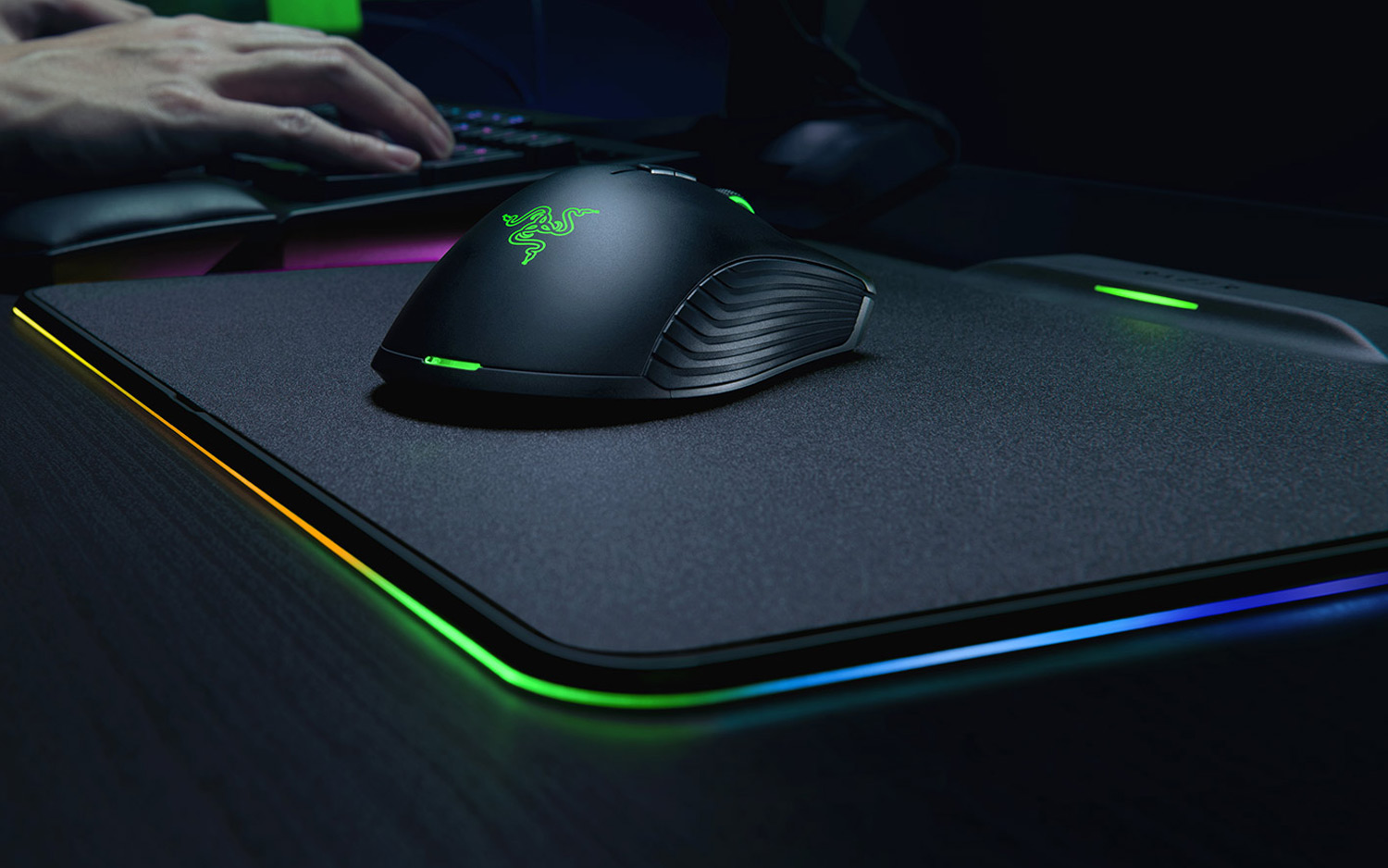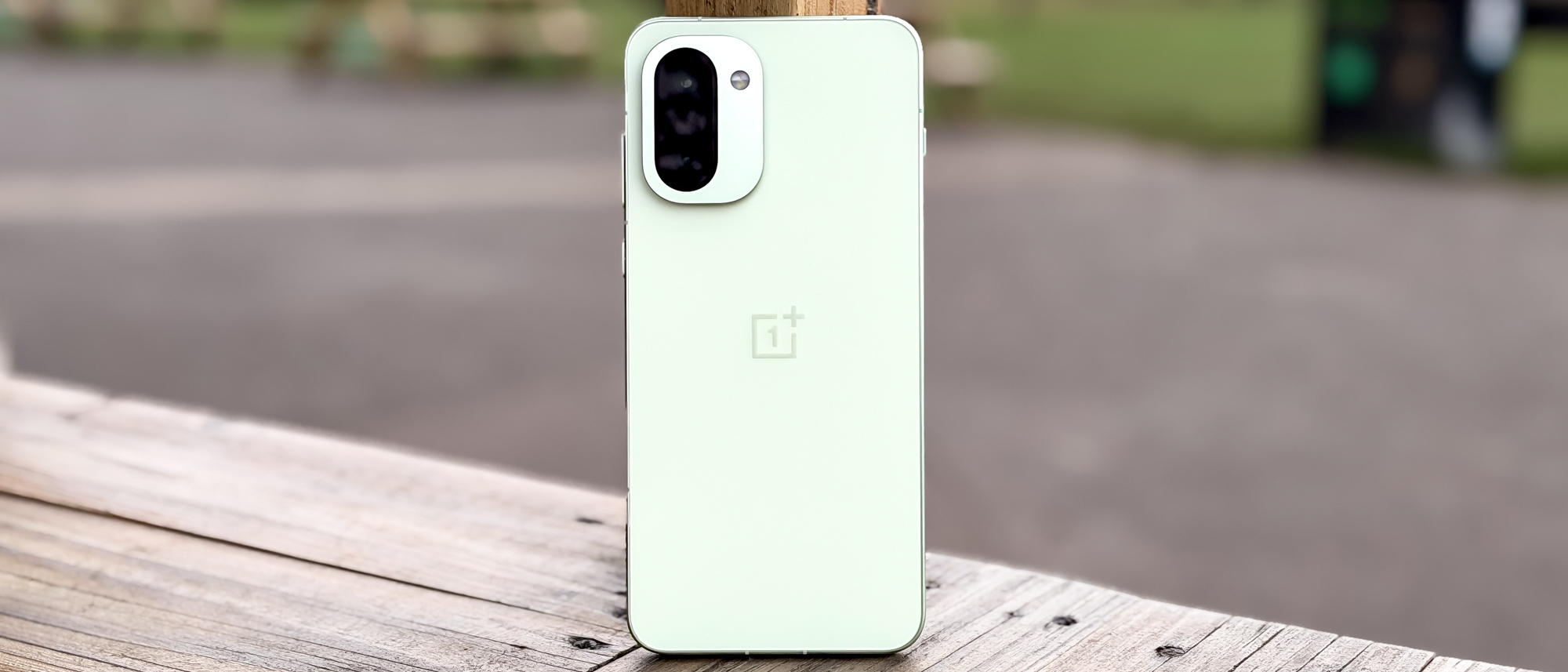Tom's Guide Verdict
The Razer Mamba Hyperflux is a clever idea that's ultimately undermined by its limited utility and extremely high price.
Pros
- +
Performs well in-game
- +
Mamba is still a well-designed mouse
Cons
- -
Way too expensive
- -
Mouse can't function apart from the mouse pad
- -
Firefly lighting feels superficial
Why you can trust Tom's Guide
A few years ago, gamers insisted that ditching a wired connection in a mouse, keyboard or headset would lead to unthinkable lag and dropped connections at pivotal moments. But manufacturers like Razer have put out enough quality peripherals in the interim to assuage their fears.
The Mamba mouse points and clicks with the best of them; the Turret keyboard lets you type from your couch; the Thresher headset makes both in-game audio and music pop. But just making wireless accessories wasn't enough; Razer wanted to make one you'd never need to charge at all.
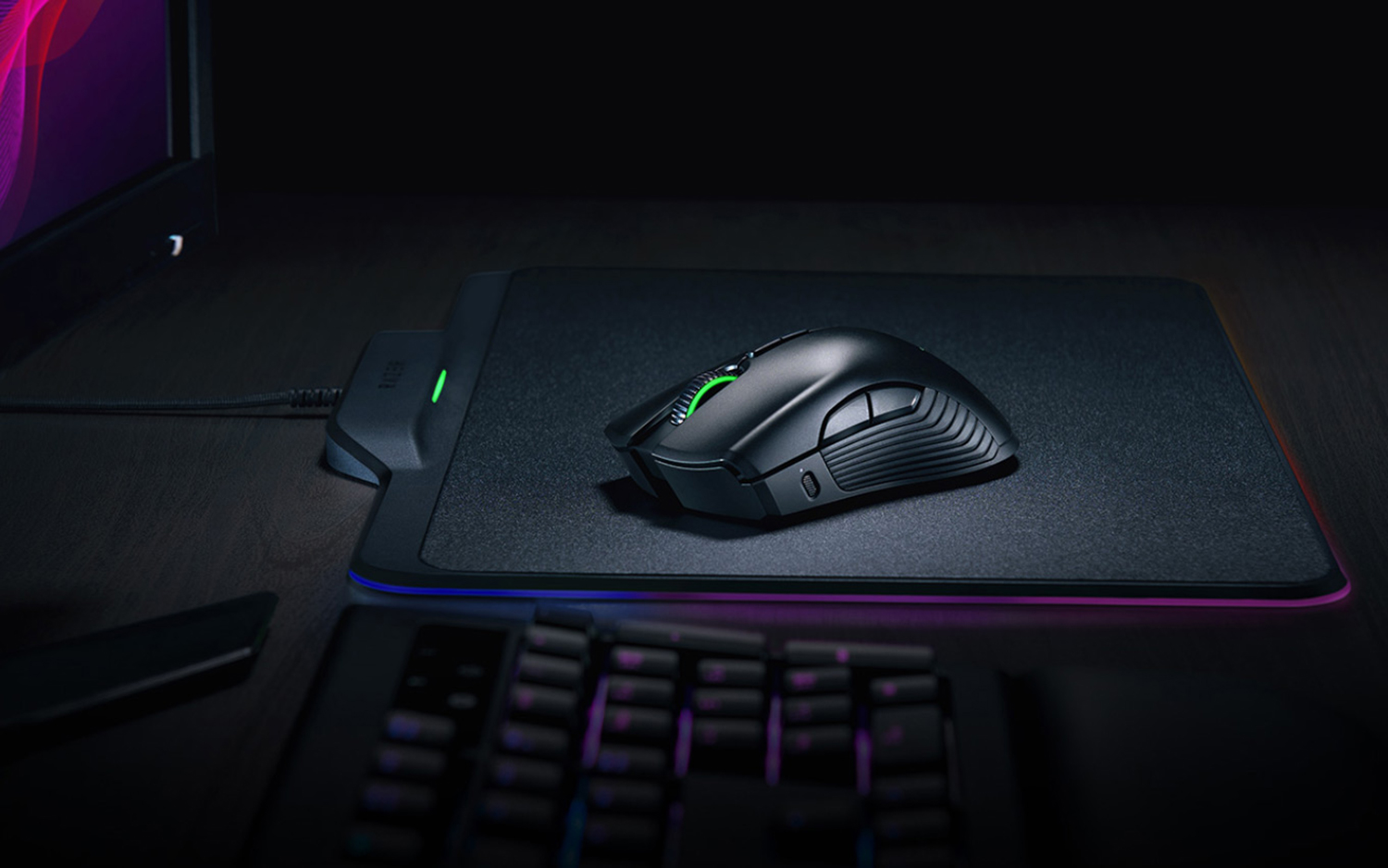
Enter the Mamba Hyperflux: a $250 mouse-and-mouse-pad set, which combines the attractive Razer Firefly mouse pad with the well-received Mamba mouse. You'll plug the Firefly into your computer, but you'll never need to do the same with the Mamba. As long as it's on top of the Firefly, it will run indefinitely; no battery required.
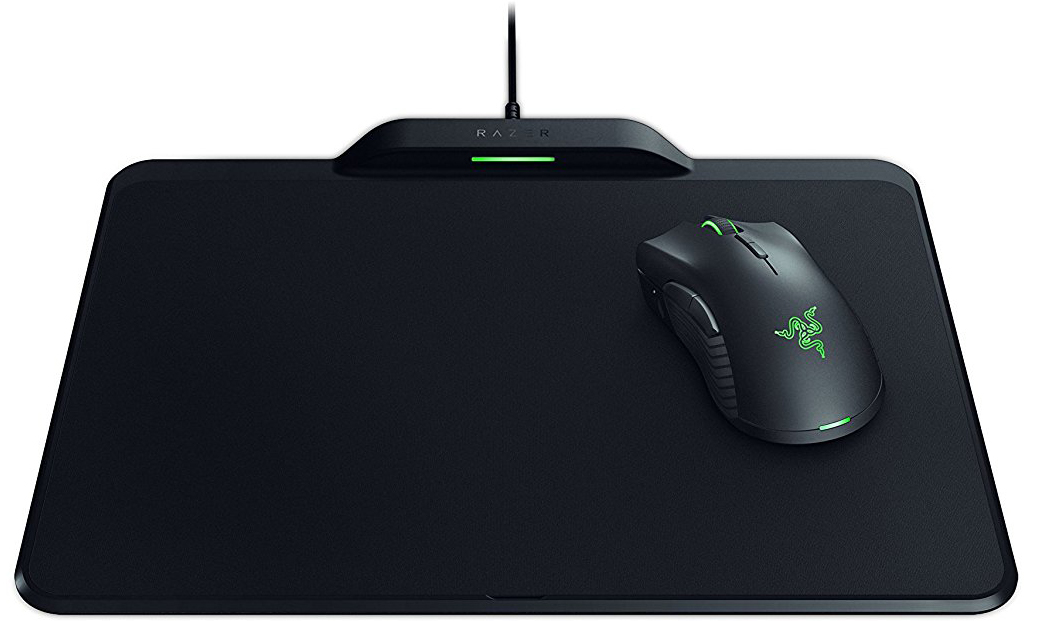
Having a wireless mouse that never needs recharging is as useful as it sounds, and relegating the wire to the mousepad, where it won't get in your way during a heated match, is a solid idea. But the inability to use the mouse without the mousepad gets annoying fast, and the Firefly lighting is not nearly as impressive as it sounds.
MORE: The Best Mice for Fortnite: Battle Royale
The Mamba Hyperflux is a clever idea that's ultimately undermined by its limited utility and extremely high price. If you have a special affinity for Razer gear and want the ultimate wireless setup (and a ton of money to burn), it may be worth the splurge. Otherwise, the Logitech PowerPlay technology accomplishes a similar goal in a much more sensible way.
Design
There's no denying that the Mamba Hyperflux looks slick. The Firefly mousepad measures 14.0 x 10.0 x 0.2 inches, giving you plenty of room to maneuver, and features Chroma LED lighting all around the perimeter. The reversible mouse mat lets you choose between hard and soft surfaces, both of which lock into place in the Firefly's exterior frame.
Get instant access to breaking news, the hottest reviews, great deals and helpful tips.
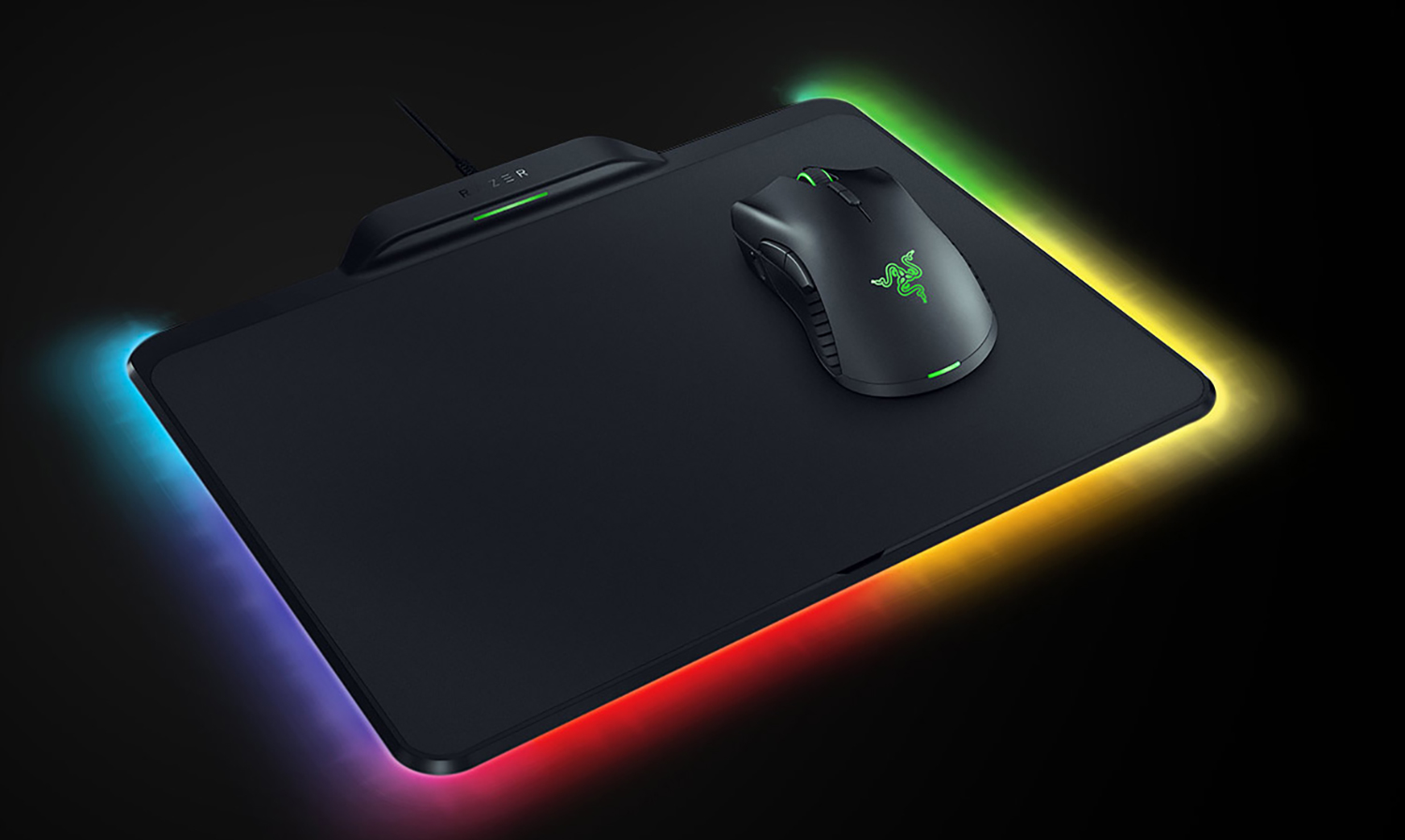
As for the Mamba mouse itself, it's very similar to Razer's previous Mamba wireless version. The thumb rest is a little coarser; the scroll wheel bumps are a little more granular; and the thumb buttons are a little broader. Otherwise, it's an excellent, versatile, ergonomic right-handed mouse, based on a proven Razer design.
Features
The primary thing that sets the Mamba Hyperflux apart from similar mouse-pad-and-mouse combinations is that the Firefly charges the Mamba as you use it. This feature turns out to be a double-edged sword. Because there's no battery in the Mamba, it's extremely light, and you never need to worry about it running out of juice.

On the other hand, it also won't work apart from the Firefly for more than about 15 seconds at a time. This doesn't matter too much if you always keep your mouse within arm's reach of your PC. But it makes the mouse useless if you opt for a living-room setup, and cumbersome if you want to take it with you to a tournament.
There's also the issue of the Mamba being the only mouse available for the Hyperflux setup. Compare and contrast the Logitech PowerPlay, which has two mice (and counting) available, one of which is amenable to lefties. The PowerPlay charges mice and includes separate receivers, which means you can power up a mouse with the PowerPlay (or a USB cable), then use it anywhere else for as long as the battery lasts. Razer's system is paradoxically less versatile, but (potentially) more expensive.
The LED lighting on the Firefly is not that bright, even on maximum settings, and there's also simply not that much of it.
Beyond that, the Mamba Hyperflux runs on the finally-out-of-beta Razer Synapse software. Adjusting dots-per-inch (DPI) sensitivity, polling rate and lighting is simple enough, as is programming macros to map to the thumb buttons. You can customize just about any button, set up an alternate "Hypershift" set of commands and even synchronize the Chroma lighting with Philips Hue smart-home systems. It's not as dead-simple as Razer's Synapse 2.0 software, but it's a lot prettier, and just as comprehensive.

Both the Mamba mouse and the Firefly mousepad take advantage of Razer Chroma lighting, and this is where I first encountered some performance issues with both of them. The Firefly and the Mamba sync lighting by default, which is a nice touch. But unless you look very closely (or you're in a very dark room), you might not know it. The LED lighting on the Firefly is not that bright, even on maximum settings, and there's also simply not that much of it, physically. (The lighting on the Mamba looks good, though.)
MORE: The Best Gaming Mice Available Now
There are also the Chroma apps, which automatically activate preprogrammed lighting patterns as soon as you boot up certain games. This covers big-name titles like Overwatch, Diablo III, Doom and Final Fantasy XIV, as well as a ton of smaller indie titles. My only complaint here is that turning them on and off on a game-by-game basis is not intuitive; you have to launch a game at least once before it's even tracked in the Chroma apps menu.
The Mamba can also hold up to four onboard profiles, which is a lot less useful than it sounds. After all, if you can't use the mouse without the Firefly mouse pad, how often will you be in a situation where you can't simply open the Razer software? ("Tournaments" are one obvious answer, although as discussed above, the setup isn't that tournament-friendly.)
Performance
The Hyperflux performs very well in-game, which should not surprise anyone who's used a Razer mouse within the last few years. The Mamba responded to all of my commands quickly and accurately, whether I was dashing around as Sombra in Overwatch, or directing a party of adventurers through a crowded city in Pillars of Eternity. Having the Firefly mousepad underneath also gave me a large, flat, comfortable surface on which to use the peripheral.
Bottom Line
The Mamba Hyperflux is an interesting idea, but that seems to be its biggest selling point. A regular old Mamba-and-Firefly combination will cost you, at most, $210 — and to be perfectly honest, the Firefly is not worth its $60 price tag. A Mamba by itself costs $150, and if you remember to charge it now and then, it's a truly untethered mouse. Sure, it has a battery, but the amount of weight said battery adds is not going to make a difference to anyone but the most discerning and dedicated competitive players.
Although the Mamba Hyperflux works well, it doesn't work any better than a number of other wireless peripherals that can do the job for a fraction of the price — or its Logitech competitor, which is more versatile for the same cost. The system locks you into a single mouse, and you can't take that mouse more than a few feet away from your computer. It's not wireless so much as it's shifted the wire to a slightly more convenient location.
If you're a Razer diehard and want the lightest, least encumbered mouse the company's ever made, the Mamba Hyperflux is it. Otherwise, you can save some money and gain some adaptability.
Credit: Razer

Marshall Honorof was a senior editor for Tom's Guide, overseeing the site's coverage of gaming hardware and software. He comes from a science writing background, having studied paleomammalogy, biological anthropology, and the history of science and technology. After hours, you can find him practicing taekwondo or doing deep dives on classic sci-fi.
